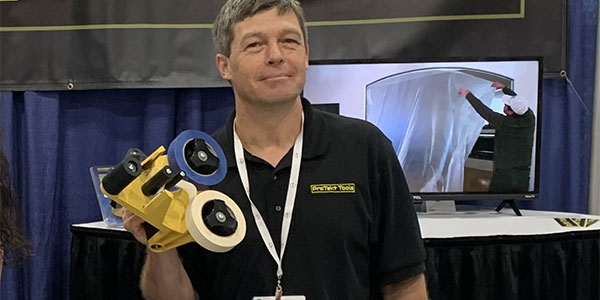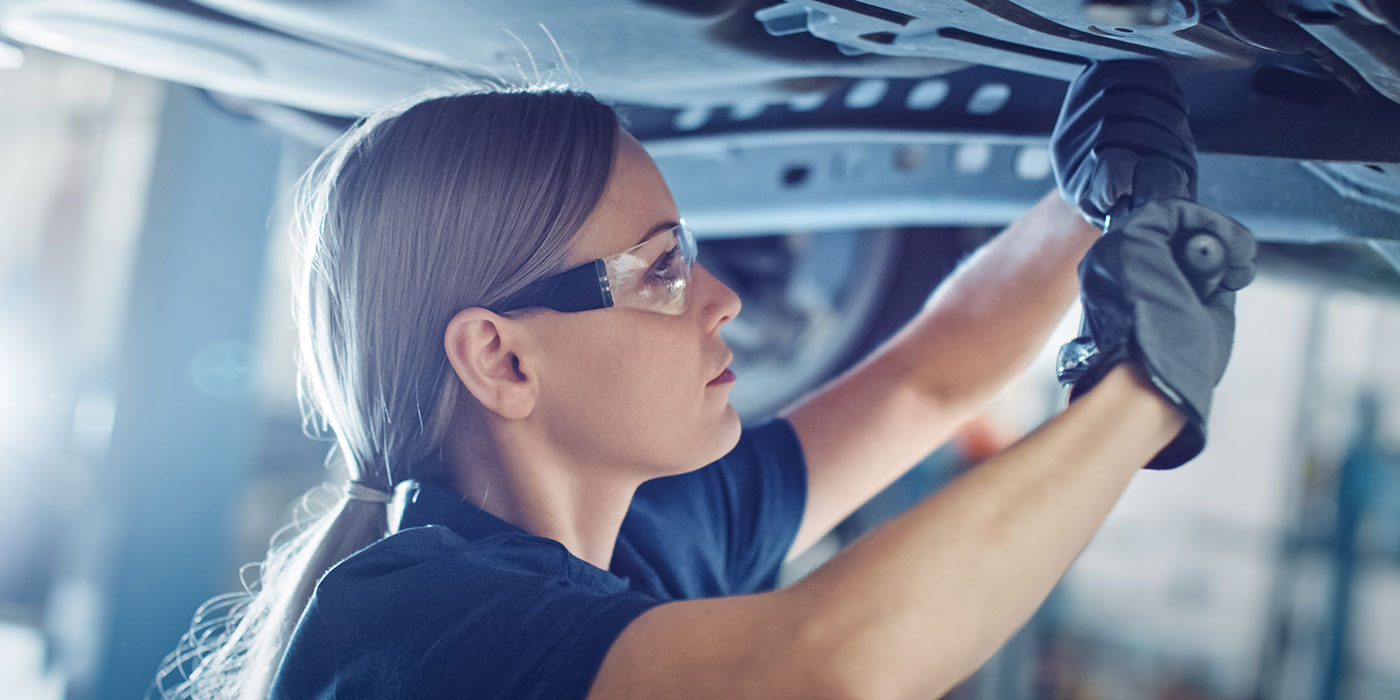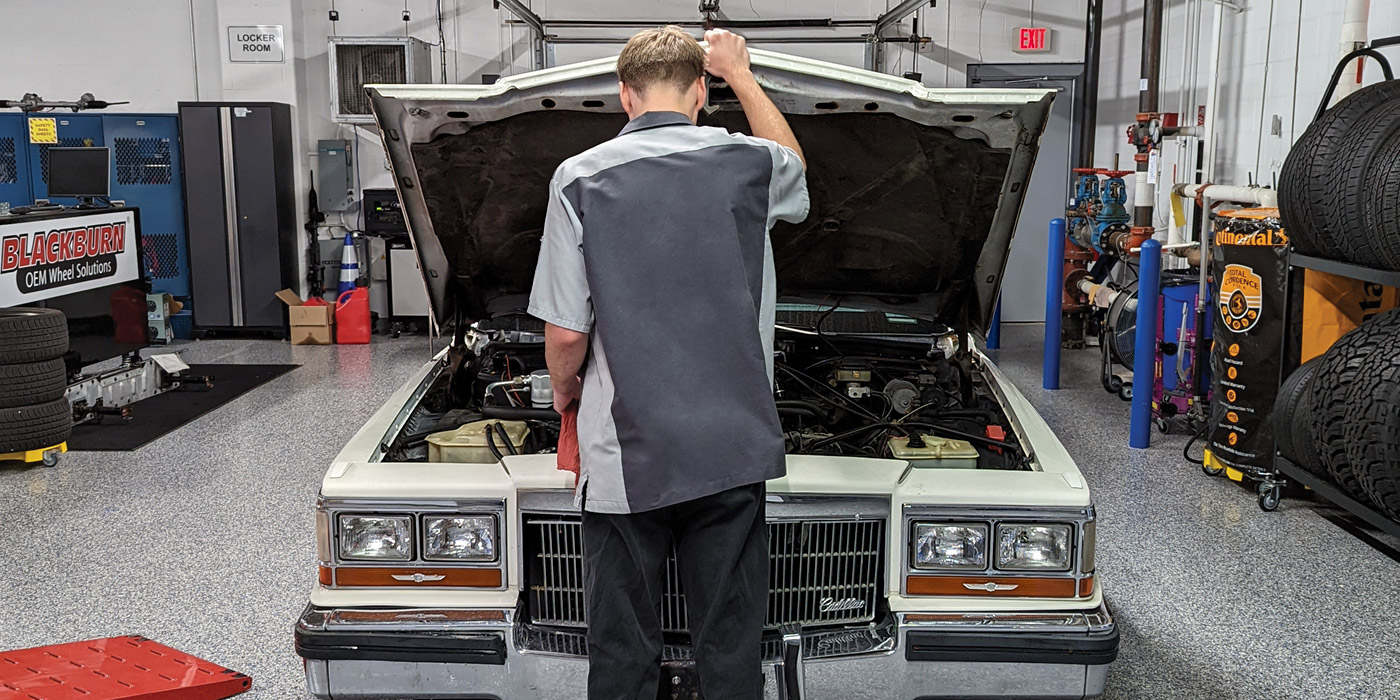The current platform of the Hyundai Elantra shares a lot in common with the other current Kia and Hyundai models. The simple architecture of a MacPherson strut front suspension and rear twist beam axle is starting to become standard on all small and mid-sized offerings.
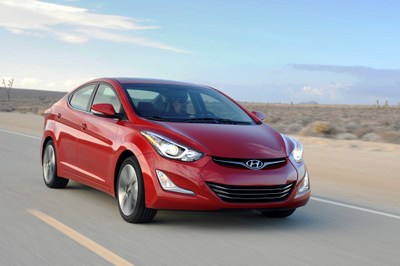
The Elantra is a “net-build” vehicle with no built-in adjustments, but adjustments can be made with aftermarket parts.
Front Suspension
The front suspension is a MacPherson strut setup. The lower control arm isolates harshness and vibration with a large bushing in the front. Always inspect this bushing for damage. Look for any separation of the rubber from the metal.
Always make note of tire wear. The stock tires will wear the inside edges if a customer does not rotate them — this is normal.
Like most new vehicles, the Elantra does not have any built-in adjustments for caster and camber, but they can be made by installing cam bolts on the strut.
Too much positive camber results in a car that pulls or drifts depending on the amount of cross camber. Hyundai recommends the cross caster should be less than 0.5 degrees.
Hyundai recommends checking the steering axis inclination (SAI) with an alignment system that can perform a caster sweep. This helps to check for damaged components when the SAI difference between the left and right sides is more than 1º. If SAI is lower on one side of the vehicle, it may indicate a bent lower control arm. If SAI is higher on one side of the vehicle, it may indicate damage to the upper strut mount. The subframe cannot be moved to alter alignment angles.
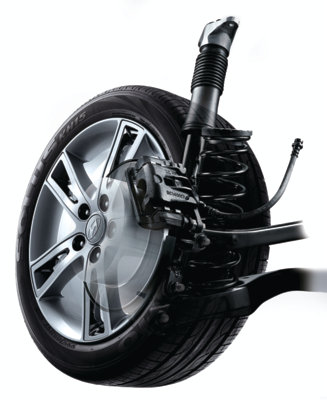
Rear Suspension
The rear suspension on the Elantra is a trailing beam axle. The previous model used a multilink setup and, while this is almost bulletproof, the axle can be tweaked by moderate impact over time with curbs and potholes.
There are no built-in adjustments for toe or camber. Adjustments can be made by installing a shim between the axle and wheel-bearing hub. Hyundai recommends checking thrust angle and set back before performing adjustments in the front. Failing to do this could result in an off-center steering wheel.
Steering
The Elantra uses electric power steering called MDPS (Motor Driven Power Steering). The system requires a scan tool for the initialization of replacement parts and the calibration or absolute steering position (ASP) reset of the steering position sensor after a toe adjustment. The steering position sensor is a light sensor that uses three wheels with shutters to determine the position. Two sensors measure the steering angle, while another measures straight ahead.
Alignment Specs
Front Toe: 0.12° ± 0.2°
Front Camber: -0.5 ± 0.5°
Front Caster: 4.10° ± 0.5°
Rear Toe: lL-Rl ≤ 0.23°
Rear Camber: -1.5° ± 0.5°





